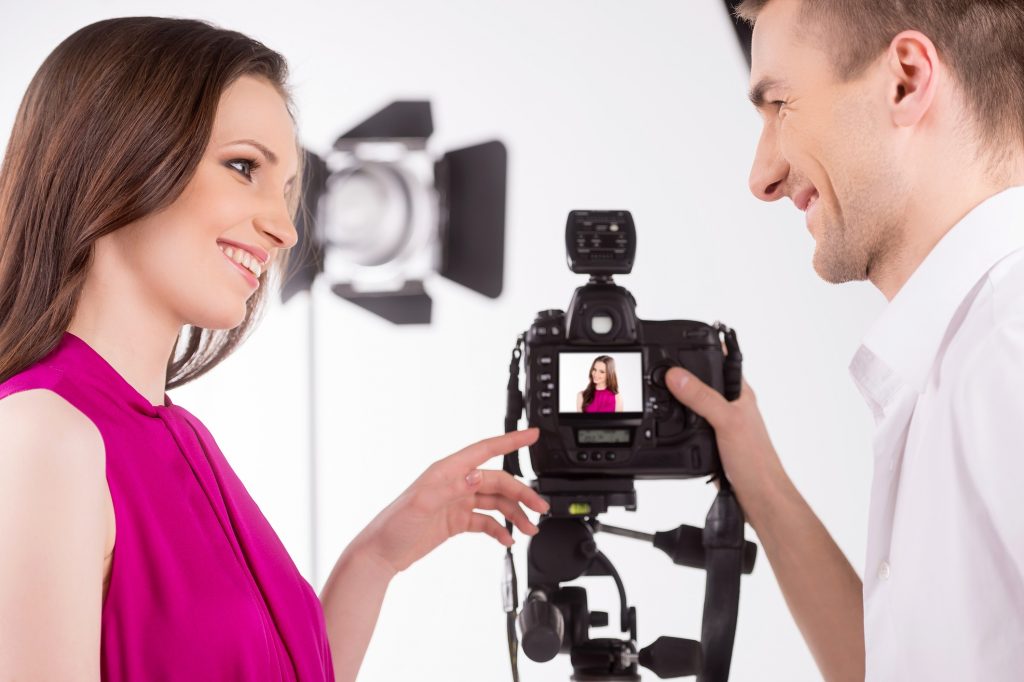Fashion photography is one of the most glamorous photography gigs that you can land. Any photographer worth their lens has probably taken photos of a model before, but when you’re a fashion photographer, it’s not just the model that matters.
You need to think about the whole set, the aesthetic the designer was going for, and the fashion aspect of it.
Now, you will need someone to rock the fashion as well as you rock the DSLR – but this whole thing is nowhere near as easy as it might sound. It takes some photographers years to catch their big break, but that just means you’ll have plenty of time to hone your skills.
In this article, we’ll talk a little bit about fashion photography, how you can make yourself a better photographer, tips on how you can make the most out of your photoshoot and some techniques on post processing for fashion photography.
What makes fashion photography different?
Fashion photography is like any other type of photography; only the focus shouldn’t be as broad as most other types. The focus should be on the model and on the clothes that they’re wearing. If you’re working with a professional model, they’ll know how to “work it”.
As a photographer, your job is to know where to shoot, which angles to get, and how to set your model up, so they portray their outfit in the best light possible.
Top Six Tips For Getting The Most Out Of A Fashion Photography Session
Getting the most out of fashion photography isn’t as difficult as you might think, as most of it has nothing to do with taking the photos themselves. Here are six tips to take your fashion photography game to the next level.
1. Get to Know the Model
The first thing you need to do if you want to be a good fashion photographer is getting to know your model and get to know them well. Getting a cup of coffee before the photoshoot starts is a great way to make your introduction and find what they’re all about.
Even just a few minutes of one-on-one time with the model will let you conduct the photoshoot better. Your brief relationship with them will help you find a common language and you’ll be able to get your ideas across more effectively.
2. Let the Lighting Do Its Magic
In any photoshoot – object and fashion alike, lighting is everything. If you don’t do the prep work, you won’t get the best results. You can be a master editor, but you can never make up for poor lighting, so make sure to set it up beforehand and involve your model in it.
Find out what kind of light would really make your model “pop”, and set it up accordingly. Also, set up alternative lighting to achieve different results – you’ll never know what works best until you’re at the editing table, so take as many shots as you can.
3. Props and Practical Effects
Props and practical effects will always beat editing, so make sure to bring them. While these should never be the primary focus of your photoshoot, they do wonders for setting the stage and the atmosphere of the entire thing.
Props and practical effects should always be subtle and never overwhelming – remember to focus on the model and use these to supplement your photoshoot.
4. Explore Angles and Lenses
Photography is all about exploring angles, and making something look its best is as easy as finding the right angle for it. Angles aren’t too easy to fake in post-production, so you’ll need to explore as many of them on set as possible.
You can only freehand so much, so make sure to set a couple of angles up beforehand that you think might look fantastic in the end. Another thing that will dictate the end product is the lens that you use. Every photographer will have a backpack of different lenses and a cabinet full of them – it’s important to bring the right ones with you.
The best lenses for fashion photography have to be 50mm, but don’t let that stop you from bringing a couple of different options.
5. Don’t Go Overboard
Every photographer has their unique style, and that’s what makes their work their own. When it comes to fashion photography, experimenting with styles and pushing boundaries can truly produce a magnum opus – but if you go overboard, you’ll likely spend a lot of time producing something that simply doesn’t cut it.
Unless you have the total freedom to do what you want, a model that doesn’t mind modeling for hours at a time, and a budget to support it – we suggest that you don’t push the boundaries too much.
6. Enhance Rather Than Changing
Editing and post-production are the front ends of any fashion photography gig. However, while photo editing should be used to polish up a picture, it should never be overused. It’s easy to spot when editing goes too far, and it takes the soul and life out of the picture and the fashion you’re trying to highlight in the first place.
So please, be sparse when you edit, and only edit the things that need it. Let the natural beauty of your model and the fashion items they’re wearing shine through the picture as much as possible.
In Conclusion
Fashion photography is an art form, and just like any form of art, you’ll have to figure it out and master it on your own. You can read millions of articles and books on how to do it right, but without practice, you’ll never get it perfect.
Keep these tips in mind the next time you have a fashion photography gig on the horizon – they can really make a huge difference. Also read some tips for professional Fashion Photography.



